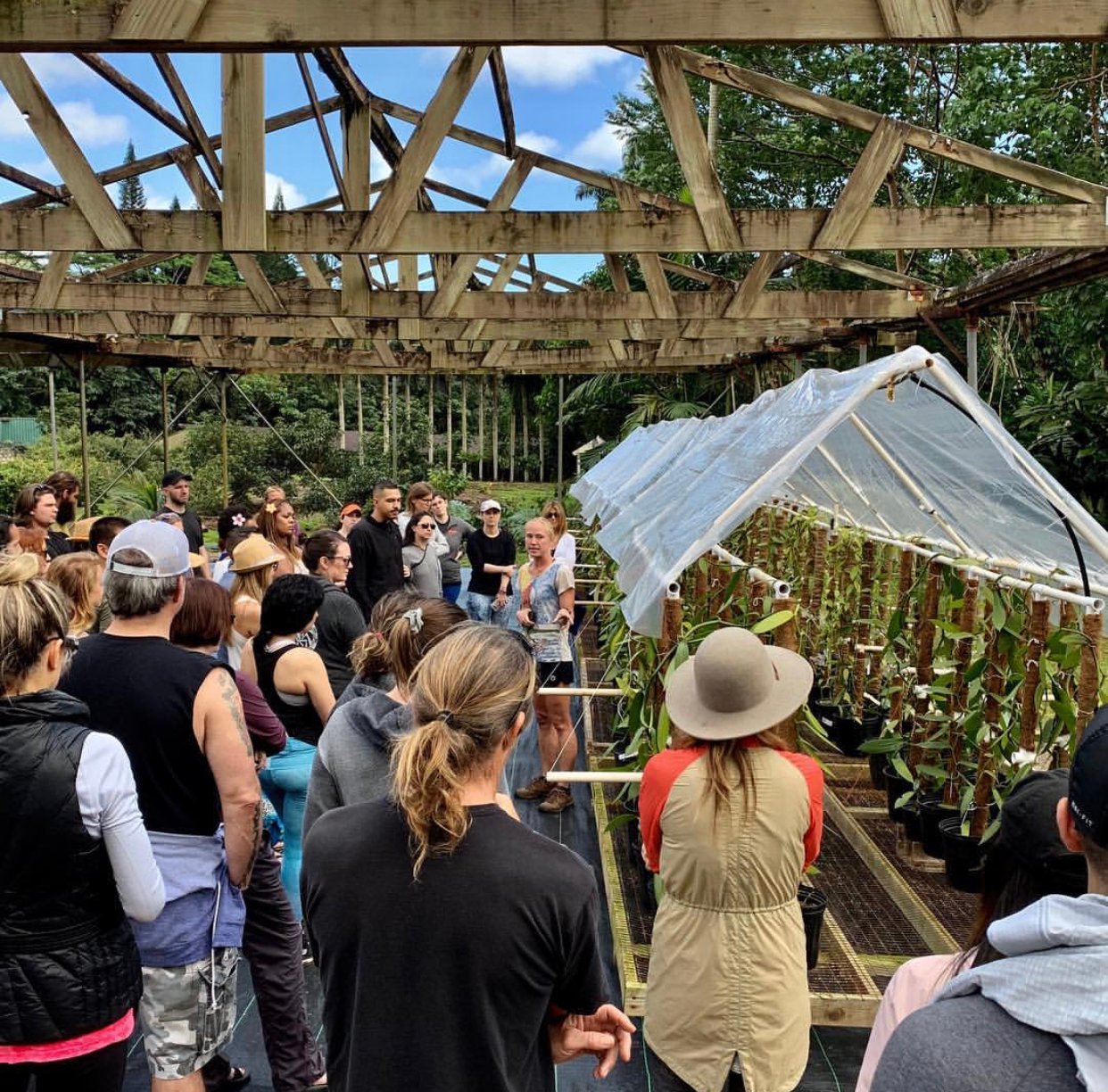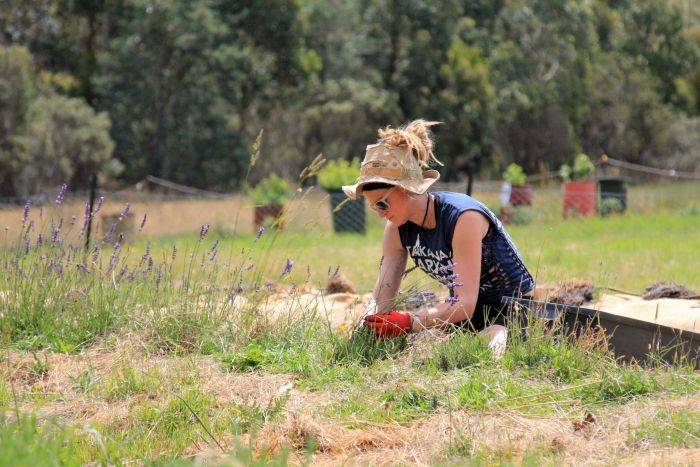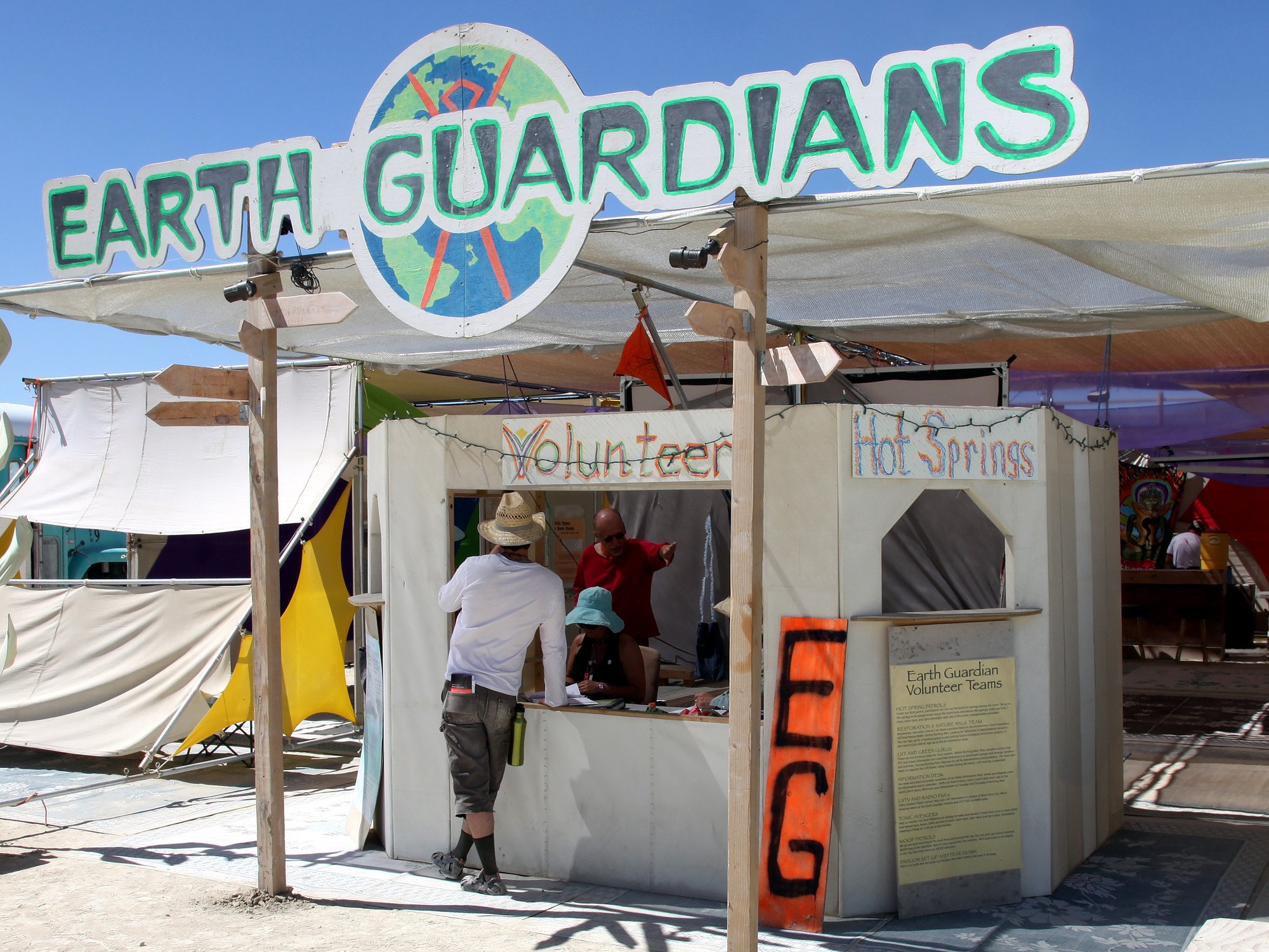“You say you love your children above all else, and yet you are stealing their future in front of their very eyes... We cannot solve a crisis without treating it as a crisis...if solutions within the system are so impossible to find, then... we should change the system itself.”
- Greta Thunberg
Good, better, best - 3 examples of sustainability and eco-friendly practices in the events industry
World Environment Day is an important time to take stock of all that we are doing to help maintain the world we live in. Being environmentally aware isn’t just impacting the current environment we live in, but just as importantly it ensures that the environment is protected for future generations and wildlife. It’s about doing something to take care of the earth and putting initiatives in place that work through from good, better, best practices.
With this in mind, we need to be constantly seeking for ways to do our part to introduce sustainable and eco-friendly practices into industries. In our case, working in experiential design and events, we see a significant amount of waste and can often cause a large carbon footprint. However experiences and events also hold an even more significant cultural impression - that being, they can lead the way for change and an opportunity to shape the young minds of Gen Y & Z. The effort must be a worldwide collaboration but important environmental change via large scale platforms such as festivals can be utilised as an important stage for education.
As an agency, we also have a huge opportunity to educate clients from the world’s largest companies on the importance of quality over quantity, of supporting local producers, of ensuring where and how things were made and how this ultimately reflects the brand image, reputation and the consumer opinion of the brand.
Here are 3 examples of sustainability and eco-friendly practices in the events industry:
-
Wanderlust: ‘Wander Without Waste’
- Festival organisers have a team to specifically manage waste disposal, with compost, recycling, and landfill disposal units available site wide. In 2017, they diverted 70% of all waste, meaning that less than one-third ended up in landfill.
- The festival hero vegan food dish the “Wanderbowl” was only sourced using local farm co-op produce.
- To promote education and involvement, you can volunteer your time in clean up initiatives such as Wanderlust O’ahu, which cleans the local coastlines.
- Purchase a Wander Without Waste kit, that contains bamboo utensils, a Kleen Kanteen Tumblr, and a Kleen Kanteen Thermos—all in an environmentally friendly tote bag.
- No plastic water bottles will be sold onsite, and you are encouraged to bring refillable water bottles or purchase refillable bottles onsite that you can then take home with you.

Image: @wanderlustfest - sustainability initiative
-
Falls Festival: ‘Composting Initiative’
- Toilets are flush free, water free and chemical free and the solid waste is turned into a usable product that feeds the onsite lavender farm – the lavender is then used in the toilets during the festival. Complete cycle!
- They have a team dedicated to stay within the camp sites to help manage waste, communicate important messages about green initiatives and help you navigate a safe, clean and respectful festival.
- ’Recycle Reward’ competition dishes out free drink tokens to patrons who collect bags of recycling from the main arena.
“The festivals uphold the belief that sustainability refers to the capacity to endure – essentially that the needs of the present can be met whilst not compromising the ability of future generations to meet needs of their own”

Image: Falls Festival - woman tending to the lavender garden
-
Burning Man: ‘Leaving No Trace’
- The overarching principle is simple: leave the place you visit the same or better than you found it; leave no trace of your having been there, so that others – human and animal – can enjoy the land the rest of the year.
- Implementing the “MOOP” initiative (Matter Out Of Place) - encouraging a sweep of the area to ensure anything that does not belong to the natural environment is removed. This method is suggested as an ongoing activity through the festival, not just at the end to limit the impact on the environment and make it a manageable activity.
- Preparing and planning what you actually need. We really like this method as an approach to all aspects of life.
- Volunteer opportunity for 'Earth Guardians' that assist to inspire, inform and encourage event attendees about the No Trace principle.

Image: Burningman.org - Volunteer desk
By incorporating green initiatives while enhancing the attendee experience, the brand will be seen as a champion of the environment and use the platform to open up a much more important conversation about sustainability in general. Having a solution focused approach to the impact and the waste generated from large scale events of this nature will maintain the longevity of the event from a business perspective. But more importantly, ensure the environment is maintained and thriving means future generations can also enjoy the beauty of the earth.
We only have one planet so let’s take care of it.
Need some more help? Download our more in-depth, step-by-step guide to getting a better return on your experiences.

